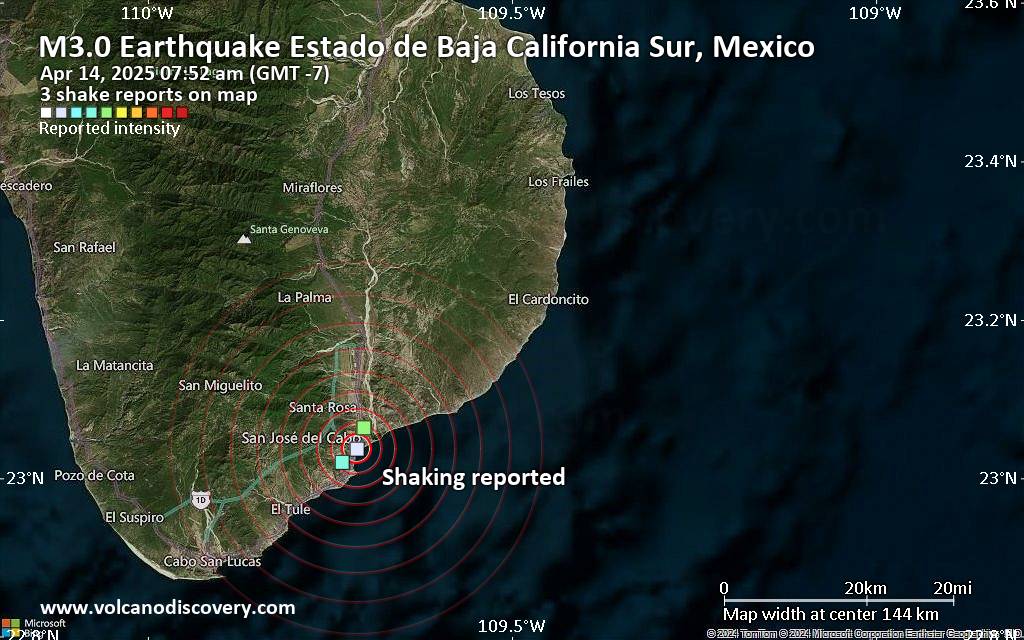The Baja California Peninsula, often referred to as “Baja” by locals, is a unique and culturally rich region that lies just south of California. This area, known for its stunning landscapes, vibrant cities, and deep historical roots, has long been a point of interest for travelers and journalists alike. From the bustling border city of Tijuana to the serene beaches of Cabo San Lucas, the peninsula offers a blend of Mexican and American influences that make it a fascinating destination.
A Brief Overview of the Baja California Peninsula

The Baja California Peninsula stretches approximately 1,200 kilometers (750 miles) from the U.S.-Mexico border down to the tip of the Gulf of California. It is bordered by the Pacific Ocean on the west and the Gulf of California on the east. The peninsula is divided into two Mexican states: Baja California and Baja California Sur. While the northern part is more developed and densely populated, the southern portion is known for its natural beauty and tourist attractions.
Key Cities and Towns

- Tijuana: Located just across the border from San Diego, Tijuana is one of the largest cities in the region. It is known for its vibrant culture, street food, and proximity to the United States.
- Ensenada: A coastal city famous for its wineries, seafood, and scenic views of the Pacific Ocean.
- Cabo San Lucas: One of the most popular tourist destinations in Baja California, known for its beautiful beaches, luxury resorts, and water activities.
- La Paz: The capital of Baja California Sur, La Paz is a smaller, more laid-back city with a rich history and a growing tourism industry.
Cultural and Historical Significance
The Baja California Peninsula has a rich cultural heritage that dates back thousands of years. Indigenous groups such as the Kumeyaay, Kiliwa, and Cucapá have inhabited the region for centuries, leaving behind a legacy of art, language, and traditions. The arrival of Spanish missionaries in the 17th century brought significant changes to the area, including the introduction of Christianity and European architecture.
Influence of the U.S.-Mexico Border

The proximity to the U.S. border has had a profound impact on the region. Many residents commute across the border for work, and the economy is closely tied to the United States. The border town of San Ysidro, located near Tijuana, is one of the busiest land crossings in the world. This cross-border interaction has led to a unique blend of cultures, with English and Spanish commonly spoken in many areas.
Economic and Environmental Challenges
While the Baja California Peninsula is a popular tourist destination, it also faces several economic and environmental challenges. The region has experienced rapid urbanization, leading to concerns about overdevelopment and the loss of natural habitats. Additionally, the area is prone to natural disasters such as earthquakes and wildfires, which can have a significant impact on both the environment and local communities.
Tourism and Recreation

Despite these challenges, the Baja California Peninsula remains a top destination for tourists seeking adventure, relaxation, and cultural experiences. Visitors can enjoy a wide range of activities, including:
- Beachfront relaxation in cities like Cabo San Lucas and Ensenada
- Wine tasting in the vineyards of Baja California
- Water sports such as snorkeling, diving, and surfing
- Hiking and camping in the Sierra de la Laguna mountains
- Cultural tours of historic sites and indigenous communities
Conclusion
The Baja California Peninsula is a dynamic and diverse region that offers something for everyone. Whether you’re interested in exploring its rich history, enjoying its natural beauty, or experiencing its vibrant culture, there’s no shortage of things to do and see. As the region continues to grow and evolve, it remains an important part of the broader Southern California landscape and a key player in the U.S.-Mexico relationship.
Call to Action
If you’re planning a trip to the Baja California Peninsula, be sure to check the latest travel advisories and consider visiting during the off-peak season to avoid crowds and enjoy a more authentic experience. Stay updated with the latest news and developments in the region to make the most of your visit.










More Stories
US Trending News: The History and Legacy of Zoo York in Streetwear Culture
US Trending News: Youngboy Concert in Birmingham: What to Know Before You Go
Understanding ‘You Got That Right’ in The New York Times: Context and Implications